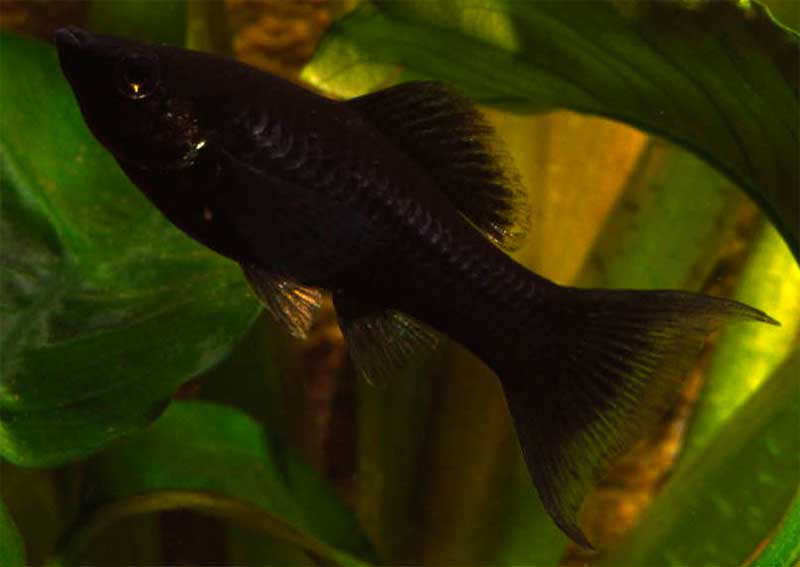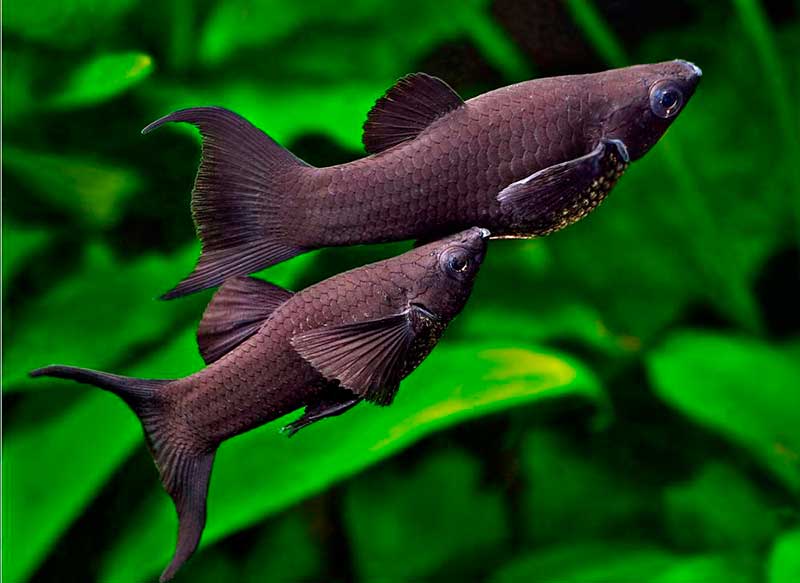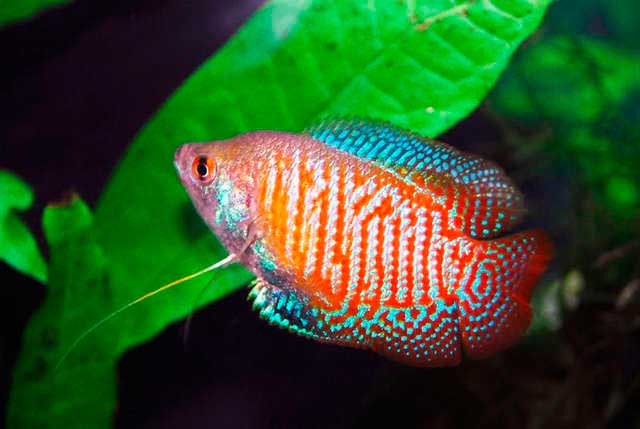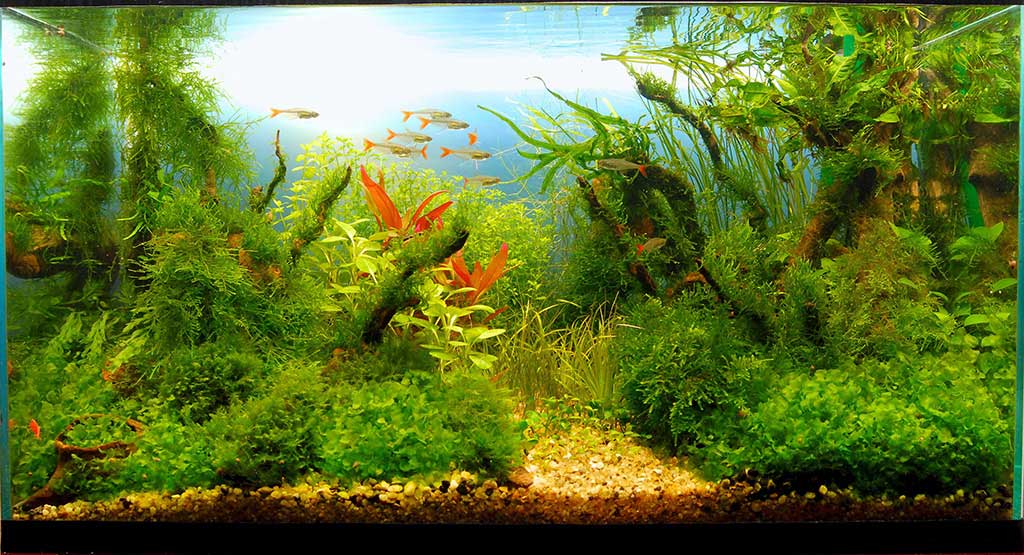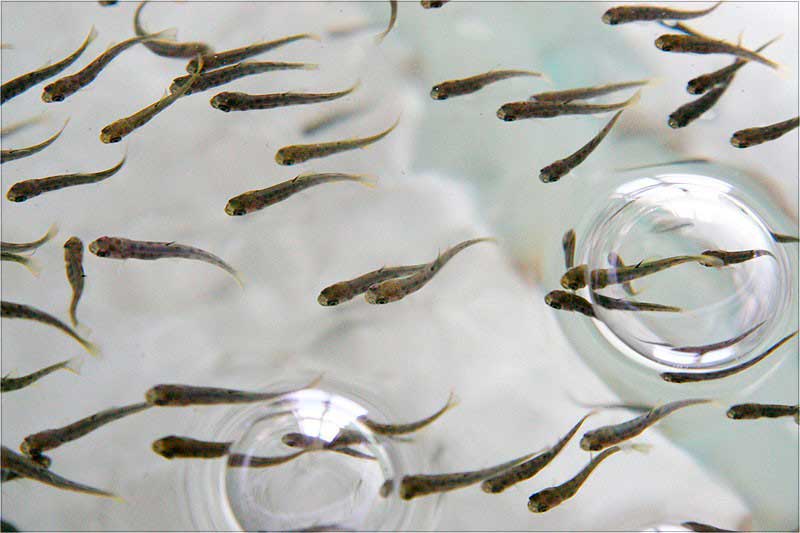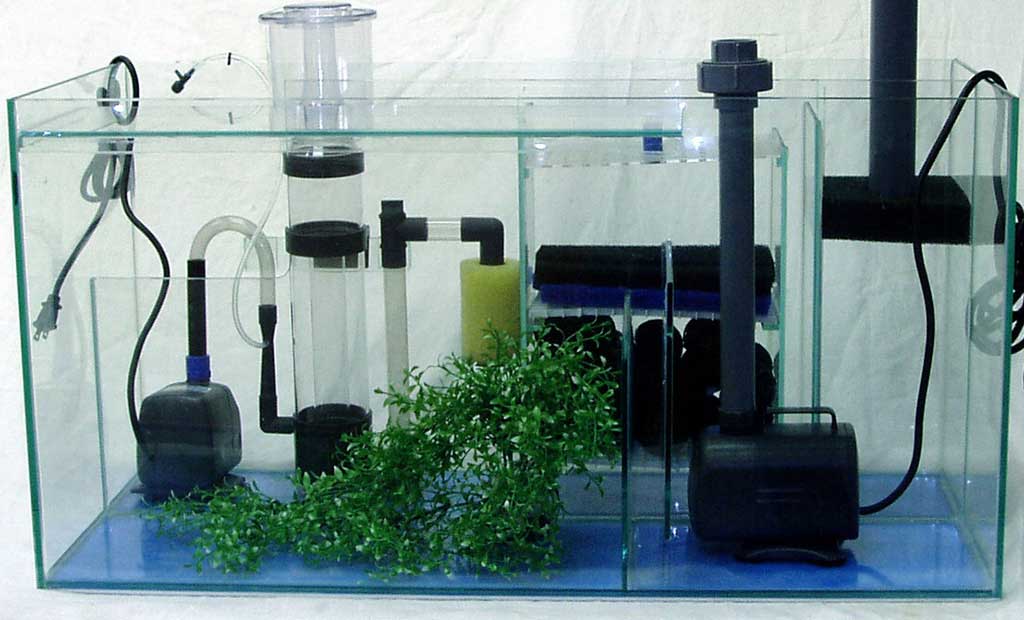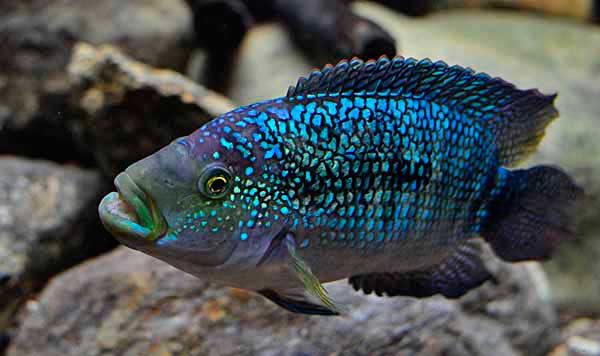Mollies is a very common aquarium fish its breeding is of interest to many aquarists in love with this wonderful fish. However, despite the widespread belief that livebearing fish breed very simple and easy mollinesia is in this sense some exception. Without knowing some of the peculiarities of the content of these fish is difficult to get a full-fledged offspring, and sometimes it is impossible to achieve reproduction in general. Briefly consider the basic rules that will allow you to achieve in most cases from mollinesia breeding.
For most amateur and professional aquarists, the occupation of this fascinating business began with the maintenance and reproduction of viviparous fish.
Indeed, most of the livebearers are unpretentious. Their reproduction does not require from the aquarist special knowledge, the creation of special conditions, nursing received sometimes with great difficulty eggs from producers. In most cases, everything happens as if, by itself. By themselves can reproduce and mollinesia, but for a more successful reproduction of these fish should follow a number of simple rules.
Shared tank or separate spawning area?
Get offspring from mollinesia can be in a common aquarium, as well as from other live-bearing fish. However, mollinesia breeding in a common aquarium is unlikely to give you a full healthy offspring. Suspend the female just before marking the fry in a separate spawning tank is also not always enough. What do you need to get a full-fledged offspring?
All breeders from which you want to breed must be reared under ideal conditions in order to be able to breed fully fledged offspring. An important role here plays the volume of living space. For mollinesia sphenops and its varietates whether it is black velvet, mottled or yellow mollinesia sufficient volume of 5 – 6 liters per pair of adult fish. Mollinesia latipina and its subspecies such as snowflake, balloon, Dalmatian needs an aquarium in which for each pair of adult fish would be from 10 to 15 liters of water. For such giants in the world of aquarium viviparous as mollinesia velifera requires a volume of water 25 – 30 liters per pair of adult fish.
Peculiarities of species behavior
It should be borne in mind that all mollinesia gregarious fish, so it is desirable to keep them all in groups of 5 – 10 individuals. The best ratio of males and females should be such that one male had two – three females. And in the flock must be necessarily not less than two males. If the male in the aquarium alone, he stops caring for females. This is especially pronounced in mollinesia velifera. Based on these simple ratios should pick up the volume of the aquarium in which you will constantly keep your producers.
In addition, it should be borne in mind that mollinesia are really peaceful fish they can really be kept with other peaceful fish of commensurate size. But if you want to keep exactly that varietate that you have in an unchanged form, then in the same aquarium with him should not be other species of mollinesia or pecilias, as well as swordfish with which sometimes can also freely cross mollinesia as a result of which interspecific hybrids are obtained.
Mollies breeding Aquarium decoration
The aquarium for breeders can be designed as it is usually recommended for keeping mollinesia. Namely, an abundance of thickets of plants at the back wall. Bright lighting, shaded by floating on the surface of riccia or cassava. Sunlight for 2 hours a day. Free space for swimming near the observation window. It is necessary to monitor the physical and chemical parameters of the water, which should have the following indicators water temperature from 22 to 25 degrees Celsius. Hardness from 10 to 25 degrees. pH slightly alkaline 7.2 to 8. Salinity of about 10%.
Additional filtration and aeration are also desirable. The aeration filtration systems must not create fine suspended air bubbles in the water.
Once a week is mandatory replacement of 1/3 of the volume of water for fresh water with fresh water with pH, hardness, salinity and temperature the same as in the aquarium. Only under such conditions mollinesia breeding can bring good viable offspring with the preservation of signs characteristic of the species or varietate.
Keeping the view clean
If let’s say you have a yellow mollinesia in the aquarium, and you want to get a yellow mollinesia from it, then other variations in the aquarium should not be. If you have in the aquarium swims and mollinesia Dalmatian, it is likely to get a hybrid between yellow mollinesia and Dalmatians. Kaka taka animal will be born from such a union does not know anyone. In general, this is nothing terrible for the amateur who generally did not plan to get offspring from their fish and even more so to sell it.
But if a novice amateur wants to keep the species contained in it, and in the future learn to improve the species of different fish, he should learn to follow some rules to maintain species purity of their pets. What these rules are read above.
So, if you want to observe in the species purity of your mollinesias they should not come in contact with the opposite sex of other varietals of mollinesia and pecilia.
Mollies breeding Health of producers
In order to keep your breeders in good health and willing to breed, they should be fed the food they mainly eat in the wild. In the wild, mollines feed mainly on plant food. Plant food can be provided at the expense of algae nitrate, crushed cassock scalded boiled lettuce leaves, dandelion, nettles, spinach. They also need and animal feed such as moths, trumpet, bark, daphnia preferably red. However, do not overfeed with animal feed.
If there is an excess of animal food, your fish will definitely eat too much, will be prone to obesity, and the males will be more lazy – will not seek to care for females. If you observe all of the above recommendations. Create for your pets ideal conditions as far as possible in your conditions, the females will bring an average of 20 – 30 fry every 30 – 40 days.
Some species of mollinesia under very good conditions can bring much larger numbers of fry up to a hundred and even more, but aquarium mollinesia passed more than one wave of selection over the hundred years during which this species is known to aquarists they have lost some of the fertility due to constant interbreeding. The closer your fish are to the natural form, the more fertile they are.
Mollies breeding Is the female ready to spawn?
Determine the females that are approaching the mark of fry can be strongly enlarged taken a somewhat square shape, as in other livebearers abdomen. And also in light-colored varietals can easily discern a rather enlarged and darkened “spot of maturity” at the anal fin. It is desirable for pregnant females to organize a separate spawning ground. An exception in some cases may be only mollinesia velifera. Many authors point out that it does not eat their fry, but even so, the aquarium should be densely planted with small-leaved plants where newborn fry could hide.
Spawning tank can be equipped in the same way as it is usually done for other livebearers. Or make a settling cage in which the female is placed, or divide the aquarium in half with the help of tilted glass.
After marking mollinesia female can be sent back to the general aquarium at the same time such water parameters as temperature, hardness, salinity, acidity as in the spawning ground, and in the general aquarium should be the same. All fish are afraid of sharp changes in these parameters.
Fry feeding
Mollinesia fry are fed in the same way as in other species of live-bearing fish. Mollinesia are born quite large, for example, in mollinesia velifera fry can reach 7 millimeters at birth. However, despite their size, mollinesia fry are less viable than other livebearers. For example, if the fry guppies in a few minutes after birth sharply run away from their relatives who want to eat them and actively seek small particles of food, mollinesia fry after birth for several hours can lie on the bottom before they swim.
Tagging of fry can be stimulated by increasing water temperature. However, this is not recommended because prematurely born fry may not be fully formed and almost non-viable. This is especially true for mollinesia velifera, which can sometimes happen premature births, even just from the stress of transplanting from one aquarium to another. Born in this case, fry with a yolk sac can stay alive dozrev right in the water if no one will not interfere with them. But it is better to avoid premature births.
Feed the fry only after they swim. Start as usual preferably with infusoria, then switch to nauplii cyclops or Artemia.
As the fry grow, they should be switched to larger food types, providing them with larger housing.
If you follow the above simple rules for keeping fish mollies breeding it will be for you is not so difficult. When you learn to save and maintain species purity of your wards will be able to think about breeding new varietals or species. For this you will need to learn genetics and gain experience. Maybe you will give the world a new species of mollinesia that no one has ever seen. Good luck 😉
